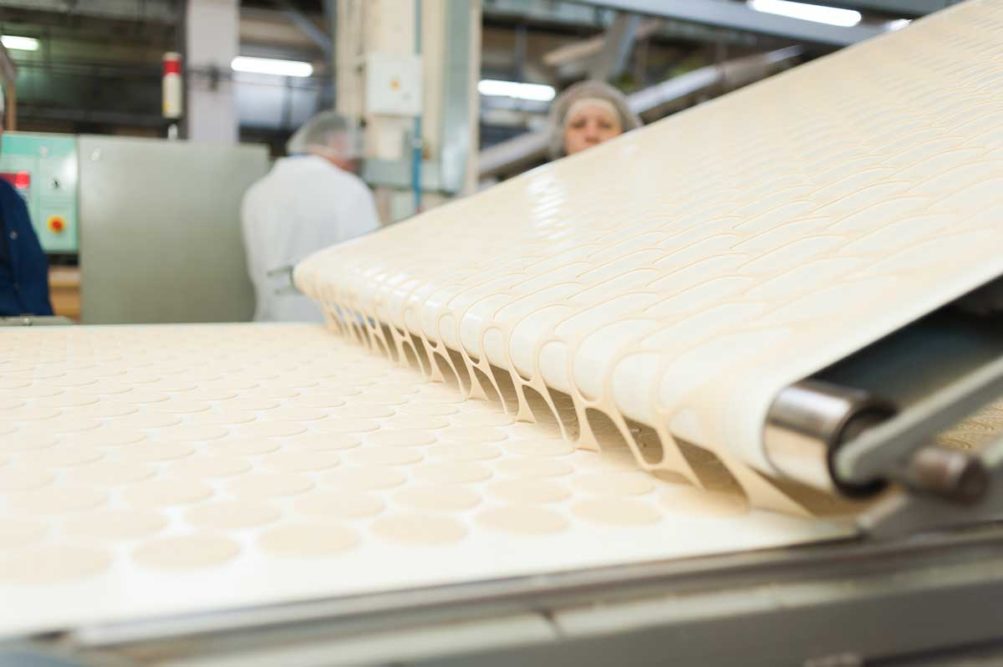By diversifying their product portfolios, snack producers face a conundrum that comes with adding complexity to their operations.
“Some technology options such as differential sheeting rolls can be added to existing sheeting lines, but technology such as convection baking cannot,” said Ken Zvoncheck, director of process technology, Reading Bakery Systems. “We offer our customers the most flexibility possible within their current equipment constraints. However, sometimes it is more cost-effective to purchase a new line rather than try to retrofit some of these options.”
Depending on the better-for-you snack, he added, it is usually better to produce it on a line specifically engineered for that type of item.
“When snack manufacturers try to make a given snack on a line that is not really designed for it, the quality is often compromised,” Mr. Zvoncheck noted. “With that said, if it is a cost issue or lack of space availability in the plant, using the existing assets may be the only choice. However, like most things in life, you get what you pay for.”
With dividing technology, flexibility and efficiency are not an either/or proposition.
“They no longer need to be the kind of trade-off they have been with previous generations of equipment,” explained Cesar Zelaya, bakery sales and technology manager, Handtmann. “In fact, in so many cases equipment flexibility is now a fundamental requirement for real efficiency in the snack food plants in which we work.”
When using extrusion, different types of downstream equipment could be considered to produce baked or fried products with specific textures, said Julie Prost, process engineer and pilot plant manager, Clextral USA.
“The product could be directly expanded at the end of the die and then finished in a dryer,” she said. “For other applications, a non-expanded product is coming from the extruder and will then expand and get its puffiness either once fried in oil, toasted in a toaster or sent through the popping process. Typically, these products would then receive an oil/seasoning powder coating in a coating drum.”
Radio Frequency (RF) offers a variety of drying systems. Its Ultra Series of post-baking dryers enables increased oven band speeds by eliminating the final drying requirement from the last third of an oven line for cookies, cracker and snack foods. However, its newest application provides a kill-step for low-moisture, low water-activity ingredients typically found in cold-pressed bars.
“The ingredients are all natural, non-GMO and all healthy for you, but with cold-pressed bars, there’s no bake or cook step,” said Lisa Mitchell, marketing manager, RF. “If you also want a product that’s pathogen-free, you either have to buy pasteurized ingredients or, in a best-case scenario, pasteurize the finished packaged product. The in-package processing, however, is a challenge as RF pasteurization is still a heat process that could be at high enough temperatures to cause water vapor to vent within the packaging.”
This article is an excerpt from the February 2020 issue of Baking & Snack. To read the entire feature on snack processing, click here.






